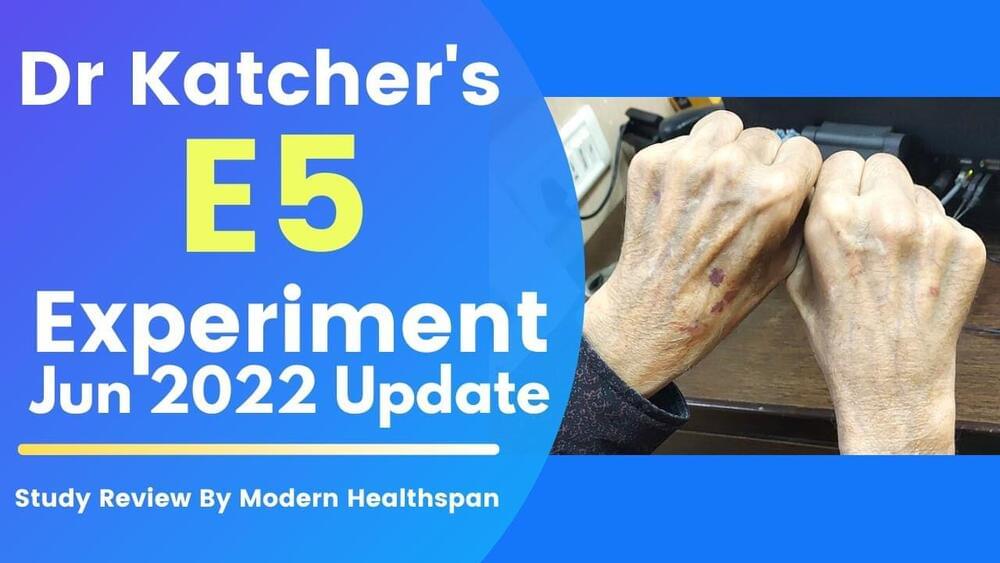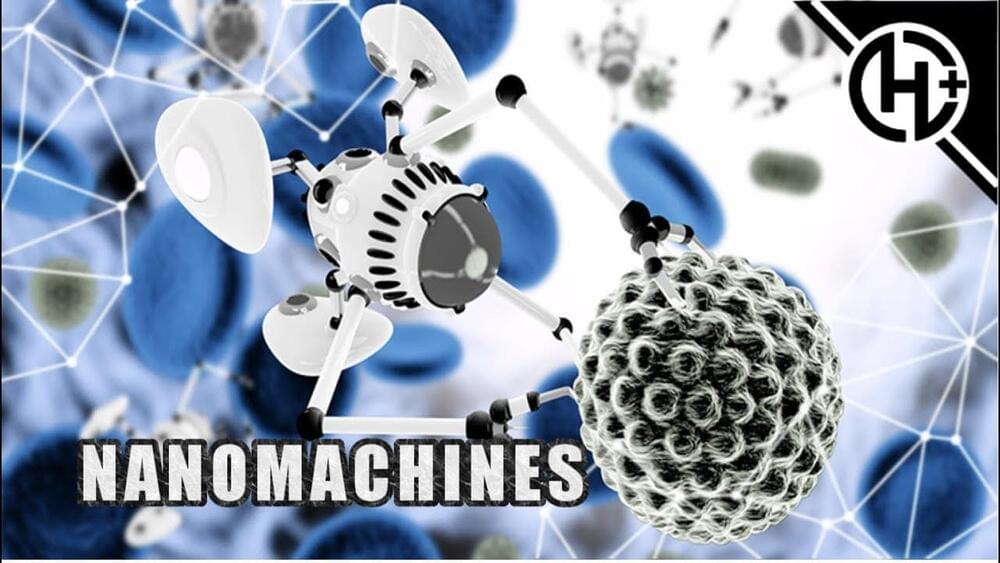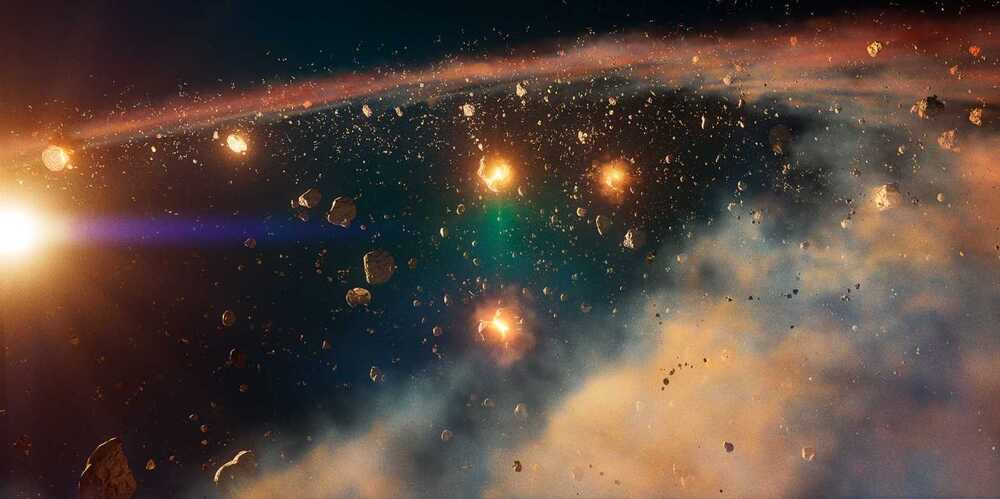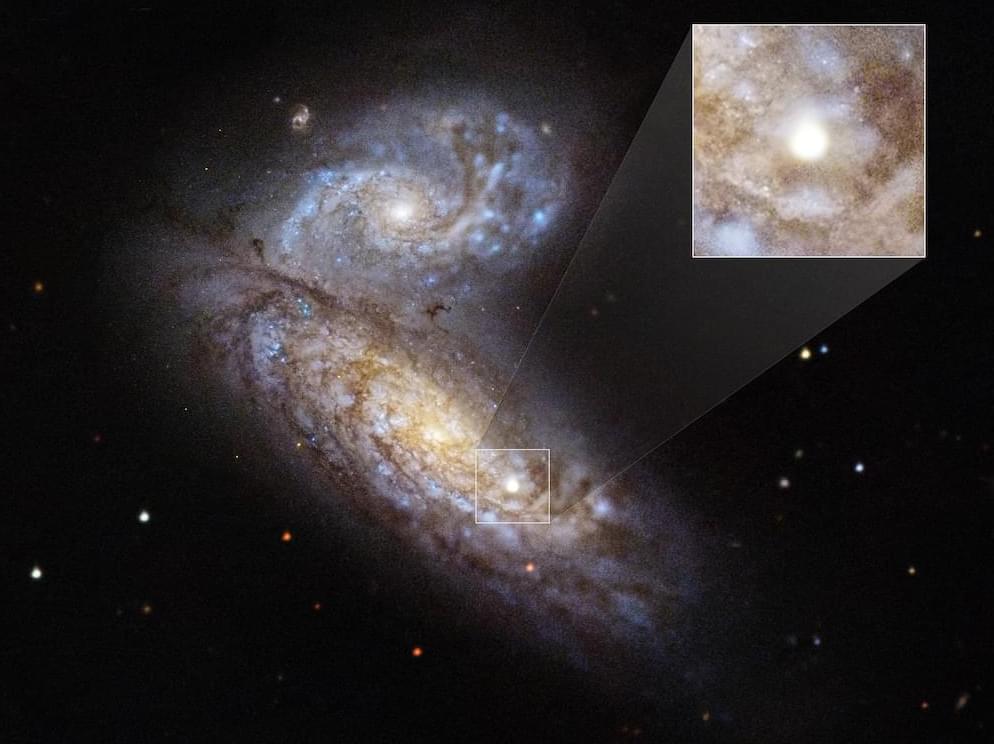Page 3707
Jul 2, 2022
Dr Katcher’s E5 Experiment June 2022 Update | Review
Posted by Montie Adkins in categories: biotech/medical, genetics, life extension

Earlier I posted results. Those posts did not include info here concerning topical E5 human trials to start in a month or so and if the results are good they will start up a U.S. factory. So far, 3 treated rats have a 13% longer lifespan than the max for a lab rat and 3 of them are still alive.
In this video we report on the June 2022 update from Dr. Katcher’s experiment with E5, where he is testing to see how long the rats will stay alive if they are given an E5 injection every 90 days. The experiment appears to be coming to an end with only 3 treated rats still alive. But a new experiment has started as well as a human trial of E5 used topically being planned.
Continue reading “Dr Katcher’s E5 Experiment June 2022 Update | Review” »
Jul 2, 2022
On The Possibility of Silicon-Based Life
Posted by Dirk Schulze-Makuch in category: futurism
Greg SwartzThat’s great, but trees and less emissions are the best bet, IMHO.
Shahab Baradaran DilmaghaniThat’s about amount of CO2 world produces in 30 seconds!😂🤦♂️
Is silicon-based life possible? This and some other (very speculative) ideas posted at Big Think. Direct weblink at.
Continue reading “On The Possibility of Silicon-Based Life” »

One possible future perhaps.
The science-fiction short story “The Last Question”, written by Asimov and read by Nimoy.
Jul 2, 2022
New exotic protein rotors and axels will help nanomachines move faster
Posted by Jose Ruben Rodriguez Fuentes in categories: innovation, nanotechnology
Our ability to create nano scale products is getting better fast, and these breakthroughs could transform every industry from manufacturing to healthcare and beyond.
Jul 2, 2022
The Future of AI-Accelerated Industrial Automation with Siemens and NVIDIA
Posted by Shubham Ghosh Roy in categories: futurism, robotics/AI

Hear from NVIDIA CEO Jensen Huang, @Siemens CEO Roland Busch, and @BMW AG board member Milan Nedeljković as they discuss the next stage of industrial automation. Learn how groundbreaking technologies like Siemens Xcelerator and @NVIDIA Omniverse enable companies of all sizes to build closed-loop, truly real-time, full-design-fidelity immersive digital twins.
Deep dive into the announcements at https://nvda.ws/3npbpdJ.
Continue reading “The Future of AI-Accelerated Industrial Automation with Siemens and NVIDIA” »
Jul 2, 2022
Scientists Seek Innovative Cure for Cancer at the Molecular Level
Posted by Shubham Ghosh Roy in categories: biotech/medical, business, engineering, law, policy
Jun Huang from the Pritzker School of Molecular Engineering at the University of Chicago.
Founded in 1,890, the University of Chicago (UChicago, U of C, or Chicago) is a private research university in Chicago, Illinois. Located on a 217-acre campus in Chicago’s Hyde Park neighborhood, near Lake Michigan, the school holds top-ten positions in various national and international rankings. UChicago is also well known for its professional schools: Pritzker School of Medicine, Booth School of Business, Law School, School of Social Service Administration, Harris School of Public Policy Studies, Divinity School and the Graham School of Continuing Liberal and Professional Studies, and Pritzker School of Molecular Engineering.
Jul 2, 2022
UCI-led team discovers signaling molecule that potently stimulates hair growth
Posted by Kelvin Dafiaghor in categories: biotech/medical, genetics
Irvine, Calif., June 30, 2022 — University of California, Irvine-led researchers have discovered that a signaling molecule called SCUBE3 potently stimulates hair growth and may offer a therapeutic treatment for androgenetic alopecia, a common form of hair loss in both women and men.
The study, published online today in Developmental Cell, determined the precise mechanism by which the dermal papilla cells – specialized signal-making fibroblasts at the bottom of each hair follicle – promote new growth. Although it’s well known that dermal papilla cells play a pivotal role in controlling hair growth, the genetic basis of the activating molecules involved has been poorly understood.
“At different times during the hair follicle life cycle, the very same dermal papilla cells can send signals that either keep follicles dormant or trigger new hair growth,” said Maksim Plikus, Ph.D., UCI professor of developmental & cell biology and the study’s corresponding author. “We revealed that the SCUBE3 signaling molecule, which dermal papilla cells produce naturally, is the messenger used to ‘tell’ the neighboring hair stem cells to start dividing, which heralds the onset of new hair growth.”
Jul 2, 2022
Complete Chaos: Scientists Unravel the Early History of the Solar System
Posted by Shubham Ghosh Roy in category: space
An international team of researchers led by the ETH Zurich and the National Centre of Competence in Research PlanetS has more accurately recreated the early history of several asteroids than ever before. Their findings suggest that the early solar system was more chaotic than previously assumed.
Before the Earth and other planets formed, the young sun was surrounded by cosmic gas and dust. Slowly, rock shards of varying sizes formed from the dust over the millennia. Many of these became building blocks for subsequent planets. Others did not become planets and continue to circle the sun today, such as asteroids in the asteroid belt.
Iron samples from the cores of asteroids that had fallen on Earth as meteorites were analyzed by researchers from ETH Zurich and the National Centre of Competence in Research (NCCR) PlanetS in conjunction with an international team. In doing so, they revealed a portion of their early past during the formation of planets. Their results were recently published in the journal Nature Astronomy.
Jul 2, 2022
Ask Astro: What are the differences between supernovae, kilonovae, and hypernovae?
Posted by Shubham Ghosh Roy in categories: cosmology, nuclear energy
In Latin, nova means “new.” In astronomy, that refers to a temporary bright “star” in the night sky. But the causes of these brief but brilliant stars are varied.
Classical novae occur in a binary star system with a white dwarf and a star close enough together that the white dwarf pulls, or accretes, material from its companion. The material — mostly hydrogen — sits on the surface of the white dwarf until enough has been gathered to kick-start a nuclear fusion reaction, the same process that powers the Sun. As the hydrogen is converted into heavier elements, the temperature increases, which in turn increases the rate of hydrogen burning. At this point, the white dwarf experiences a runaway thermonuclear reaction, ejecting the unburnt hydrogen, which releases 10,000 to 100,000 times the energy our Sun emits in a year. Because the white dwarf remains intact after blowing away this excess, a stellar system can experience multiple classical novae.
Kilonovae occur when two compact objects, like binary neutron stars or a neutron star and a black hole, collide. These mergers, as their name suggest, are about 1,000 times brighter than a classical nova, but not as bright as a supernova, which is 10 to 100 times brighter than a kilonova.














